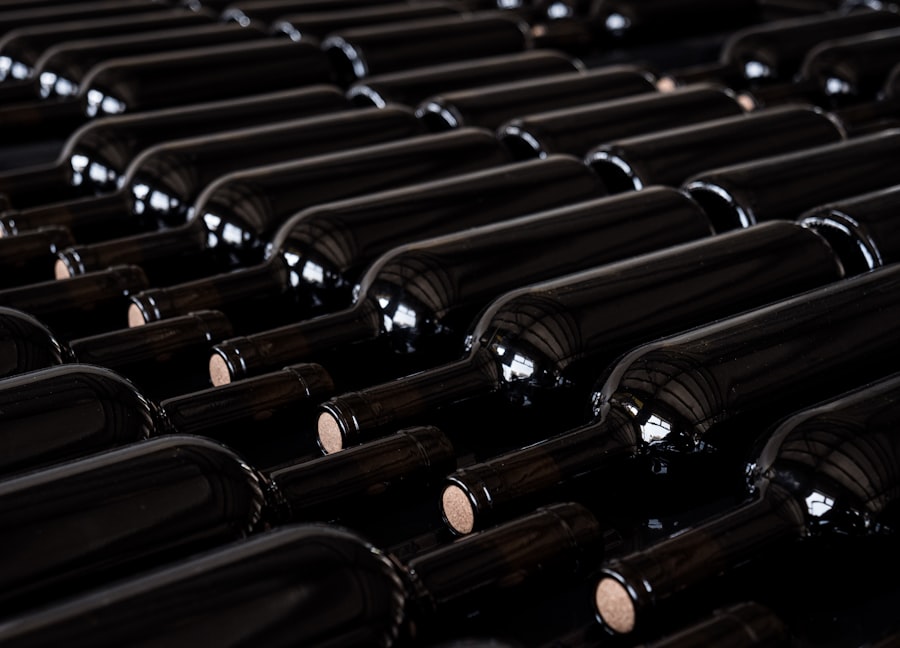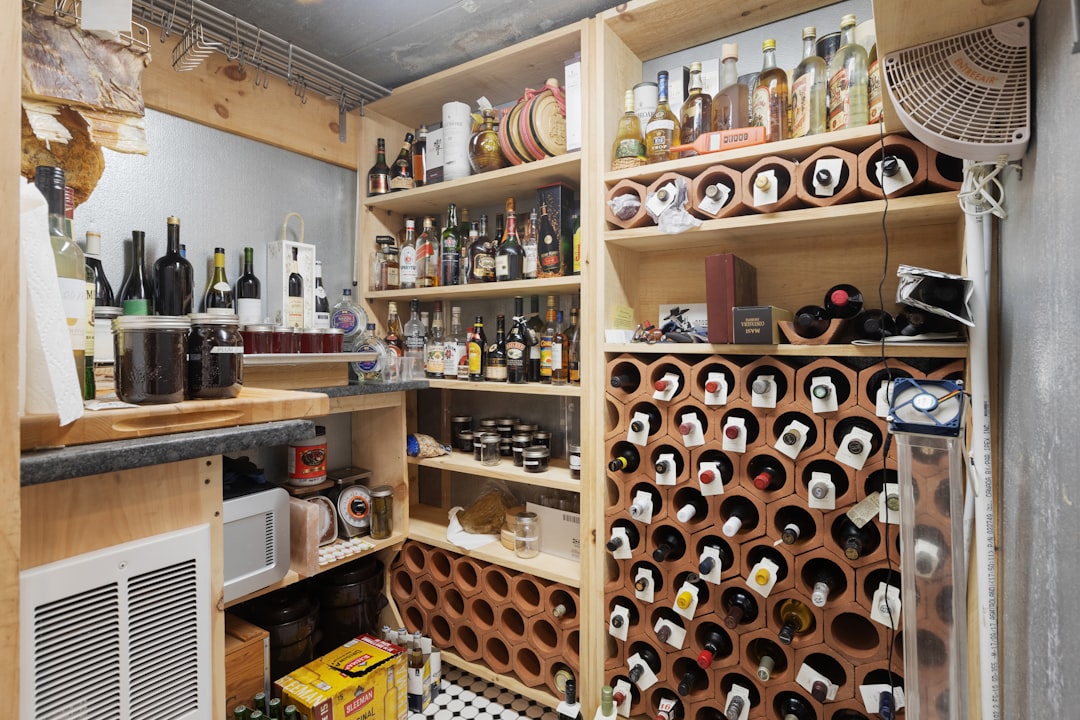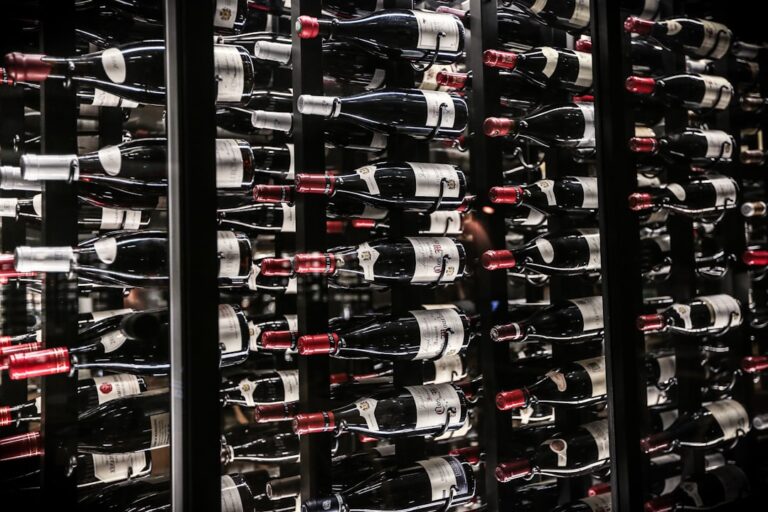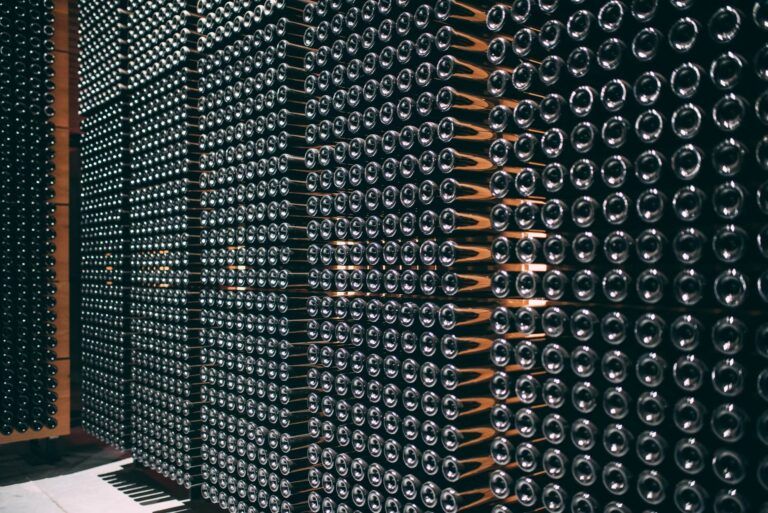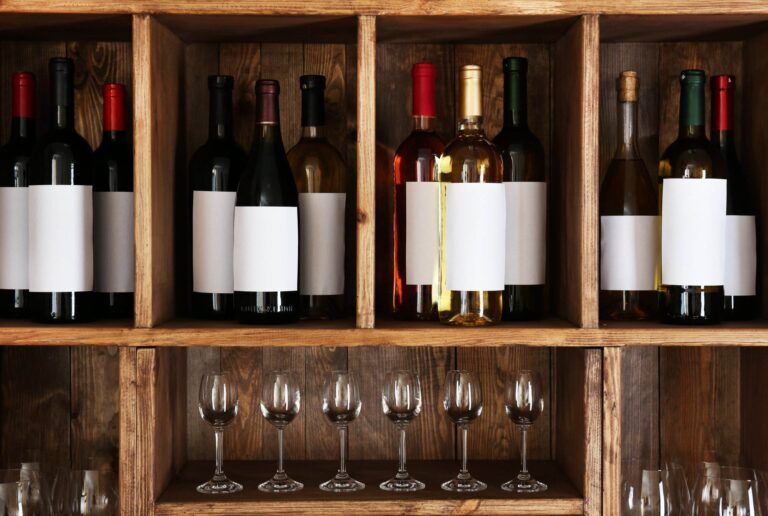Creating a climate‑controlled wine cabinet inside a walk‑in pantry
The significance of climate control in wine storage cannot be overstated. Wine is a delicate beverage that is profoundly affected by its environment. Temperature fluctuations, humidity levels, and even light exposure can alter the taste and quality of wine over time.
For instance, wines stored at temperatures that are too high can age prematurely, while those kept too cold may not develop their full flavor potential. Ideally, wine should be stored at a consistent temperature, typically between 50°F and 55°F (10°C to 13°C), to ensure optimal aging conditions. Humidity also plays a crucial role in preserving wine.
A humidity level of around 60% to 70% is ideal for wine storage. If the humidity is too low, corks can dry out and allow air to seep into the bottle, leading to oxidation. Conversely, excessive humidity can promote mold growth and damage labels.
Therefore, understanding the importance of climate control is essential for any wine enthusiast looking to protect their collection and enhance the aging process.
Key Takeaways
- Climate control is crucial for preserving the quality of wine and preventing spoilage.
- The location of your wine cabinet should be away from direct sunlight, heat sources, and vibration.
- Proper insulation and sealing are essential to maintain stable temperature and humidity levels.
- Installing a temperature and humidity control system is necessary to regulate the environment inside the wine cabinet.
- Organizing and storing your wine collection in a systematic manner can help maintain the quality of the wine.
Choosing the Right Location for Your Wine Cabinet
Selecting the appropriate location for your wine cabinet is a critical step in ensuring the longevity and quality of your collection. Ideally, the cabinet should be placed in a cool, dark area away from direct sunlight and heat sources. Sunlight can cause chemical reactions in wine that degrade its quality, while heat sources such as radiators or appliances can create temperature fluctuations that are detrimental to proper aging.
Additionally, consider the stability of the environment where you plan to place your wine cabinet. Areas with high foot traffic or frequent temperature changes, such as near doors or windows, may not be suitable. A basement or a dedicated wine room often provides an ideal setting due to its naturally cooler temperatures and consistent humidity levels.
By carefully choosing the right location, you can create a stable environment that supports the preservation of your wine collection.

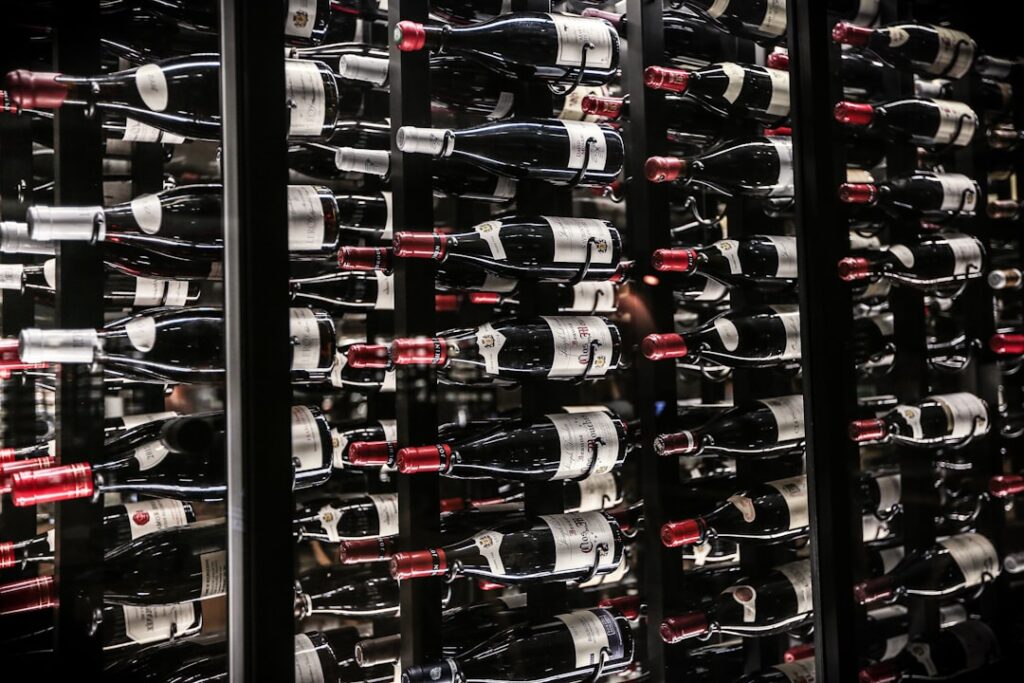
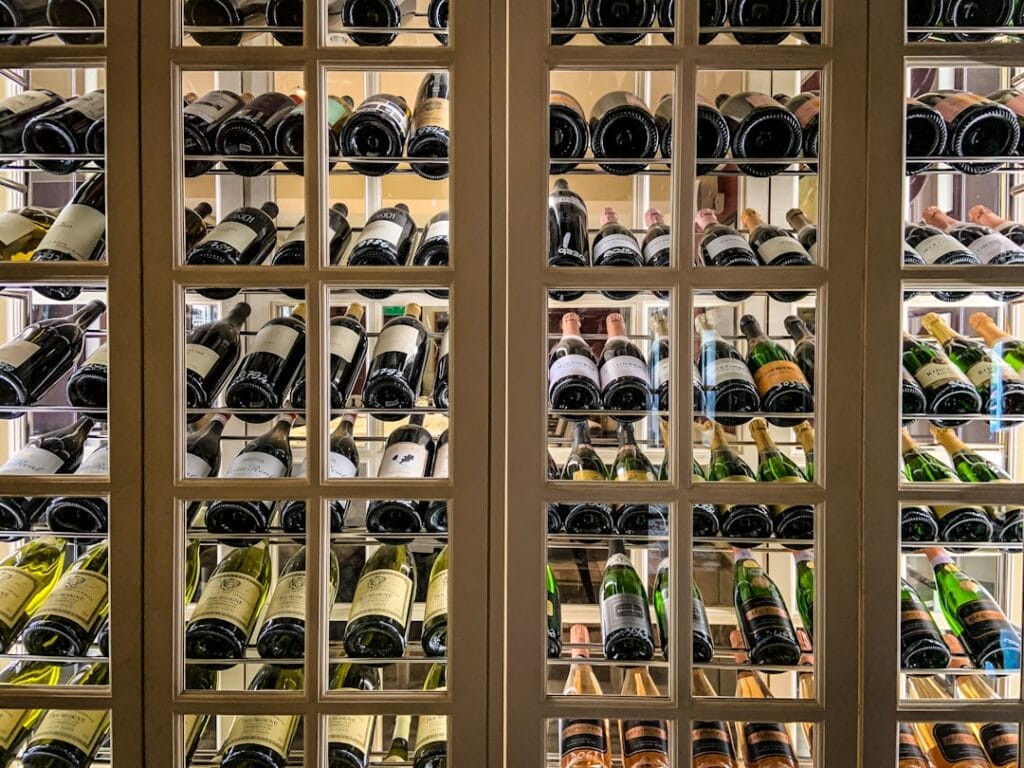
Selecting the Proper Insulation and Sealing for the Cabinet
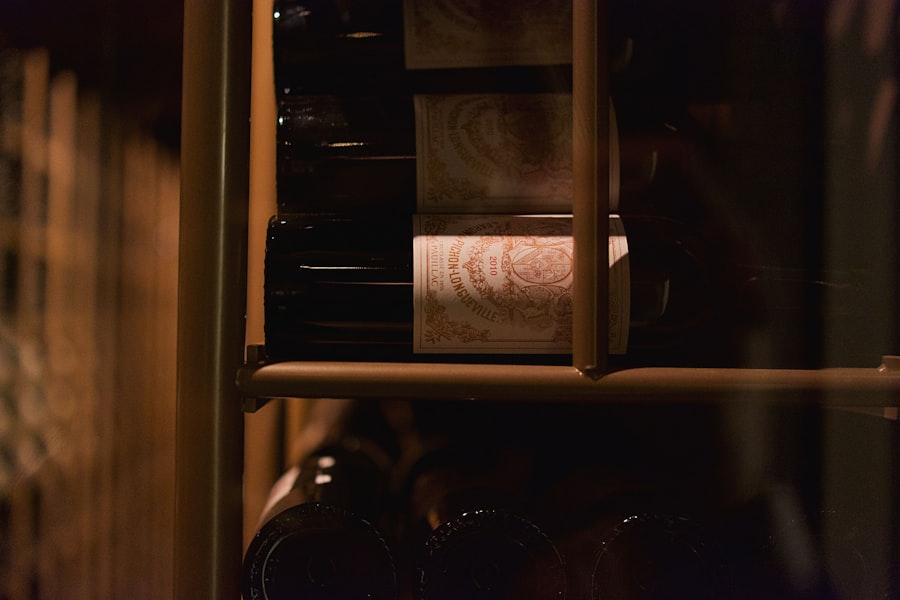
Once you have determined the location for your wine cabinet, the next step is to focus on insulation and sealing. Proper insulation is vital for maintaining a consistent internal temperature and preventing external heat from affecting your wine. Look for cabinets that feature high-quality insulation materials, such as foam or fiberglass, which can effectively minimize temperature fluctuations.
Sealing is equally important in ensuring that your wine cabinet remains airtight. Gaps or leaks can lead to unwanted air exchange, which can compromise the internal climate. Inspect the cabinet’s door seals and ensure they are tight and free from damage.
If necessary, consider adding weather stripping or replacing worn seals to enhance the cabinet’s efficiency. By prioritizing insulation and sealing, you can create a controlled environment that protects your wine from external influences.
Installing a Temperature and Humidity Control System
To maintain optimal conditions for your wine collection, installing a reliable temperature and humidity control system is essential. These systems are designed to monitor and adjust the internal climate of your wine cabinet automatically. Look for units that offer precise temperature control within the ideal range for wine storage, as well as humidity control features that can help maintain the desired levels.
When selecting a control system, consider options that provide digital displays and alerts for easy monitoring. Some advanced systems even offer Wi-Fi connectivity, allowing you to check conditions remotely via smartphone apps. This level of control ensures that you can respond promptly to any fluctuations in temperature or humidity, safeguarding your collection against potential damage.
Organizing and Storing Your Wine Collection
Effective organization of your wine collection is not only practical but also enhances your overall enjoyment of wine. Begin by categorizing your bottles based on various criteria such as varietal, region, or vintage. This method allows for easy access and helps you keep track of what you have on hand.
Consider using racks or bins within your cabinet to maximize space and keep bottles secure. Labeling is another useful strategy for organizing your collection. Clearly marking each bottle with its name, vintage, and any other relevant information can save time when searching for a specific wine.
Additionally, consider storing bottles horizontally to keep corks moist and prevent air from entering the bottle. By implementing an organized storage system, you can ensure that your wine collection remains accessible and well-maintained.
Maintaining and Monitoring the Climate Control System
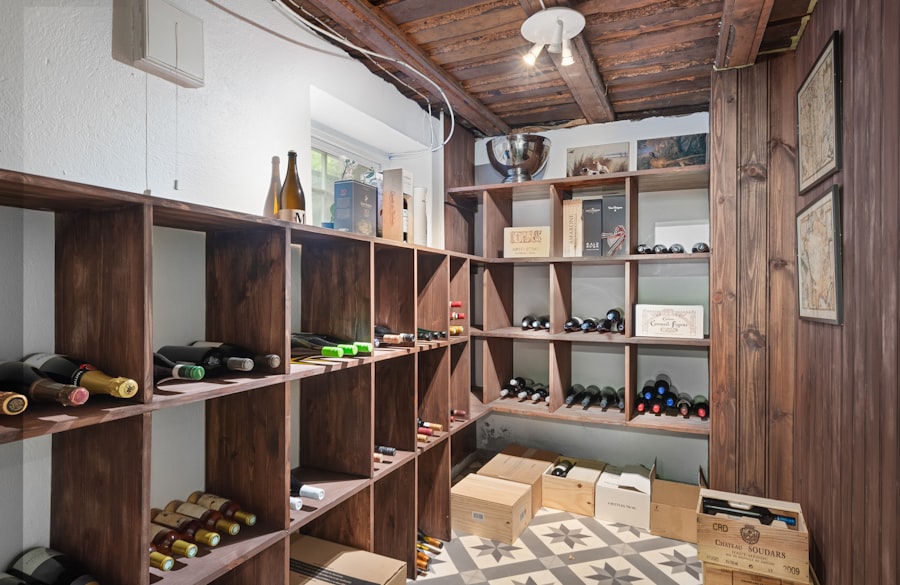
Regular maintenance and monitoring of your climate control system are crucial for ensuring its effectiveness over time. Start by routinely checking the temperature and humidity levels within your wine cabinet using built-in displays or external hygrometers and thermometers. This practice will help you identify any irregularities early on and take corrective action if needed.
In addition to monitoring conditions, it’s essential to perform routine maintenance on your climate control system itself. This may include cleaning filters, checking for leaks, and ensuring that all components are functioning correctly. If you notice any issues or if the system is not performing as expected, consult with a professional technician who specializes in wine storage systems.
By staying proactive with maintenance, you can extend the lifespan of your climate control system and protect your valuable wine collection.
Ensuring Proper Ventilation and Air Circulation
Proper ventilation and air circulation within your wine cabinet are vital components of an ideal storage environment. Stagnant air can lead to mold growth and unpleasant odors that may affect the quality of your wine. To promote good airflow, ensure that your cabinet has adequate ventilation openings that allow fresh air to circulate while preventing excess humidity from building up.
If your cabinet does not have built-in ventilation features, consider installing small fans to enhance air circulation. These fans can help distribute air evenly throughout the cabinet, reducing hot spots and maintaining consistent conditions. Additionally, avoid overcrowding your cabinet; leaving space between bottles allows air to flow freely around them.
By prioritizing ventilation and circulation, you can create a healthier environment for your wine collection.
Additional Tips for Creating the Ideal Wine Storage Environment
Beyond the fundamental aspects of climate control, there are several additional tips to consider when creating an ideal storage environment for your wine collection. First, be mindful of vibrations; excessive movement can disturb sediment in bottles and negatively impact aging. Choose a cabinet with minimal vibration or place it on a stable surface away from heavy foot traffic.
Another consideration is lighting; while it’s essential to keep your wine cabinet dark to protect against UV rays, some ambient lighting may be beneficial for visibility when selecting bottles. Opt for LED lights that emit minimal heat and UV radiation if you need illumination inside the cabinet. Lastly, consider keeping a log of your collection’s inventory along with tasting notes for each bottle.
This practice not only enhances your appreciation of each wine but also helps you track when bottles are ready to drink or need further aging. By implementing these additional tips alongside proper climate control measures, you can create an optimal environment that preserves and enhances your wine collection for years to come.
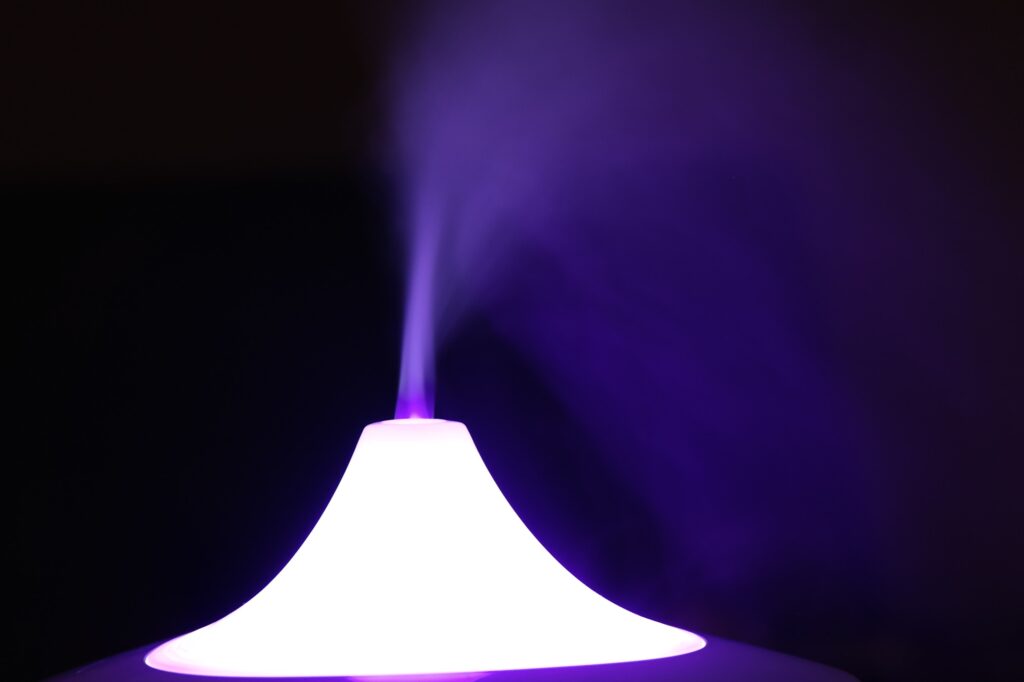
FAQs
What is a climate-controlled wine cabinet?
A climate-controlled wine cabinet is a storage unit specifically designed to maintain the ideal conditions for storing and aging wine. It regulates temperature, humidity, and light to ensure that the wine is preserved in optimal conditions.
What are the benefits of a climate-controlled wine cabinet?
A climate-controlled wine cabinet helps to preserve the quality and flavor of the wine by keeping it at a consistent temperature and humidity level. It also protects the wine from light exposure, which can degrade the quality of the wine over time.
How can I create a climate-controlled wine cabinet inside a walk-in pantry?
To create a climate-controlled wine cabinet inside a walk-in pantry, you can install a specialized wine storage unit that regulates temperature and humidity. You can also use insulation and sealing techniques to ensure that the pantry maintains the desired climate conditions.
What are the ideal conditions for storing wine?
The ideal conditions for storing wine include a temperature range of 45-65°F (7-18°C), humidity levels between 50-70%, and minimal exposure to light and vibration. These conditions help to preserve the quality and flavor of the wine over time.
What are some considerations for creating a climate-controlled wine cabinet?
When creating a climate-controlled wine cabinet, it’s important to consider the size of the cabinet, the insulation and sealing of the space, the type of cooling system to use, and the overall design and aesthetics of the cabinet. It’s also important to consider the specific needs of the wine collection being stored.
